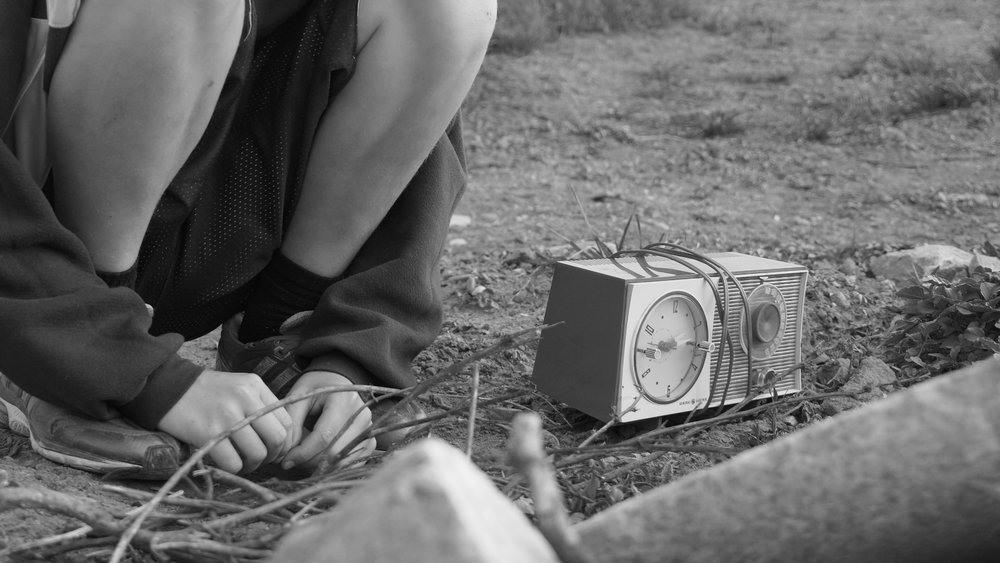Framing and Storytelling
The high angle
When a camera is higher than a subject, it gives the viewer the sense that the subject is "inferior, smaller, less significant" In this case, in great danger. (Psycho 1960)
The Low angle
Full disclosure: I like crime and horror films. Sorry if the above images are a bit dark (Touch of Evil 1958)
A low angle makes a subject look more important, powerful or in this case menacing!
The two shot or master shot
When shooting a scene where two people are talking to each other (like most scenes) the two shot (or master shot) is the first one that the director usually gets to first. It's also the first one that the viewer sees because it sets up the scene and lets you know where the subjects are in relationship to each other.
Two shots look best when they utilize all of the compositional elements discussed in this presentation. When they utilize rule of thirds, take into account where the subjects are cropped, eliminate distractions, and fill the frame in a carefully thought out manner.
Over the shoulder shot
Is a detail of a scene showing someone or something taken from the perspective of the primary subject's shoulder. This shot is framed from behind a person who is looking at the subject. The person facing the subject should usually occupy about 1/3 of the frame.
Again, over the shoulder shots are used primarily during scenes where your subjects are delivering dialogue.
We'll talk more about shooting to edit and scenes later in the semester, but here is a video showing Cohen Brothers' various dialogue scenes using shot reverse shots.






